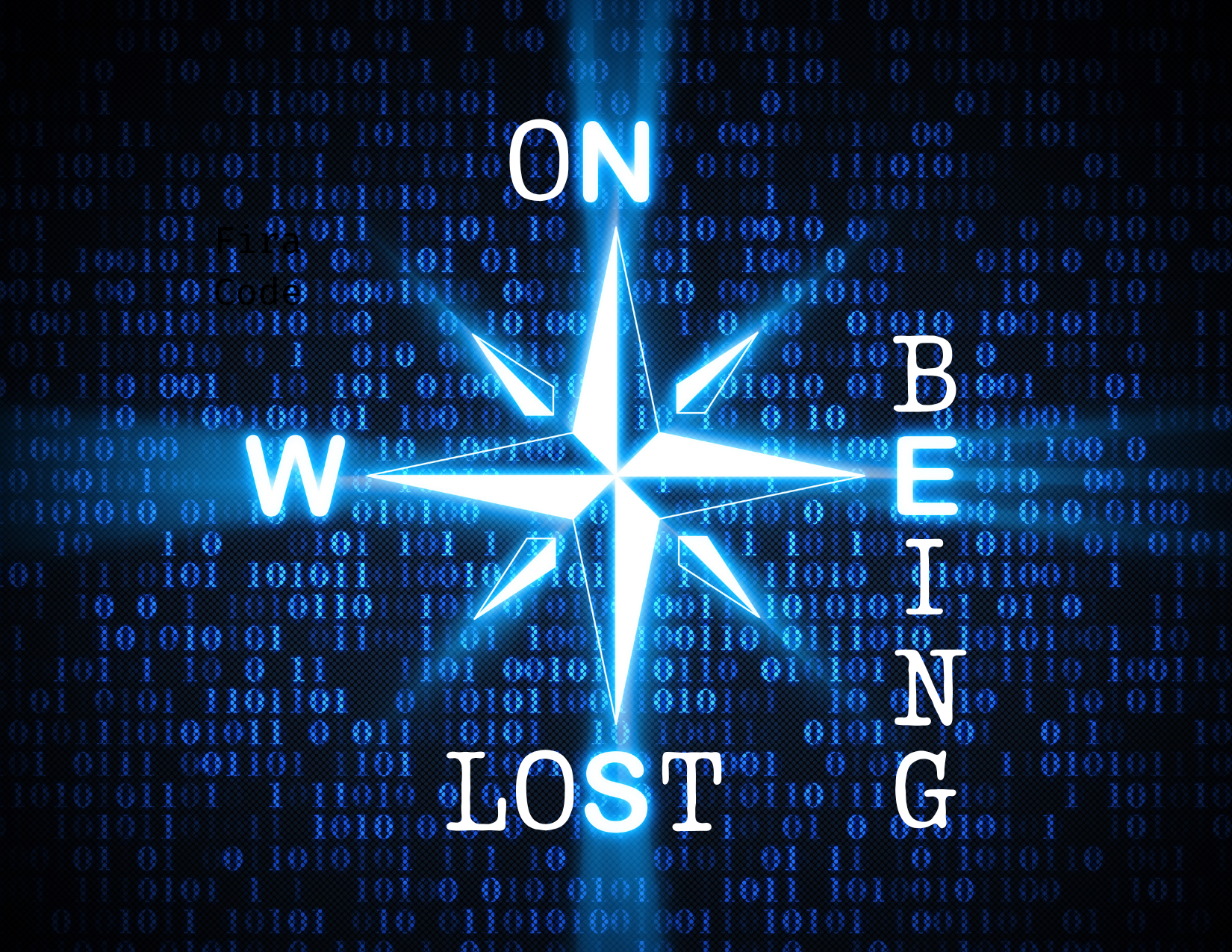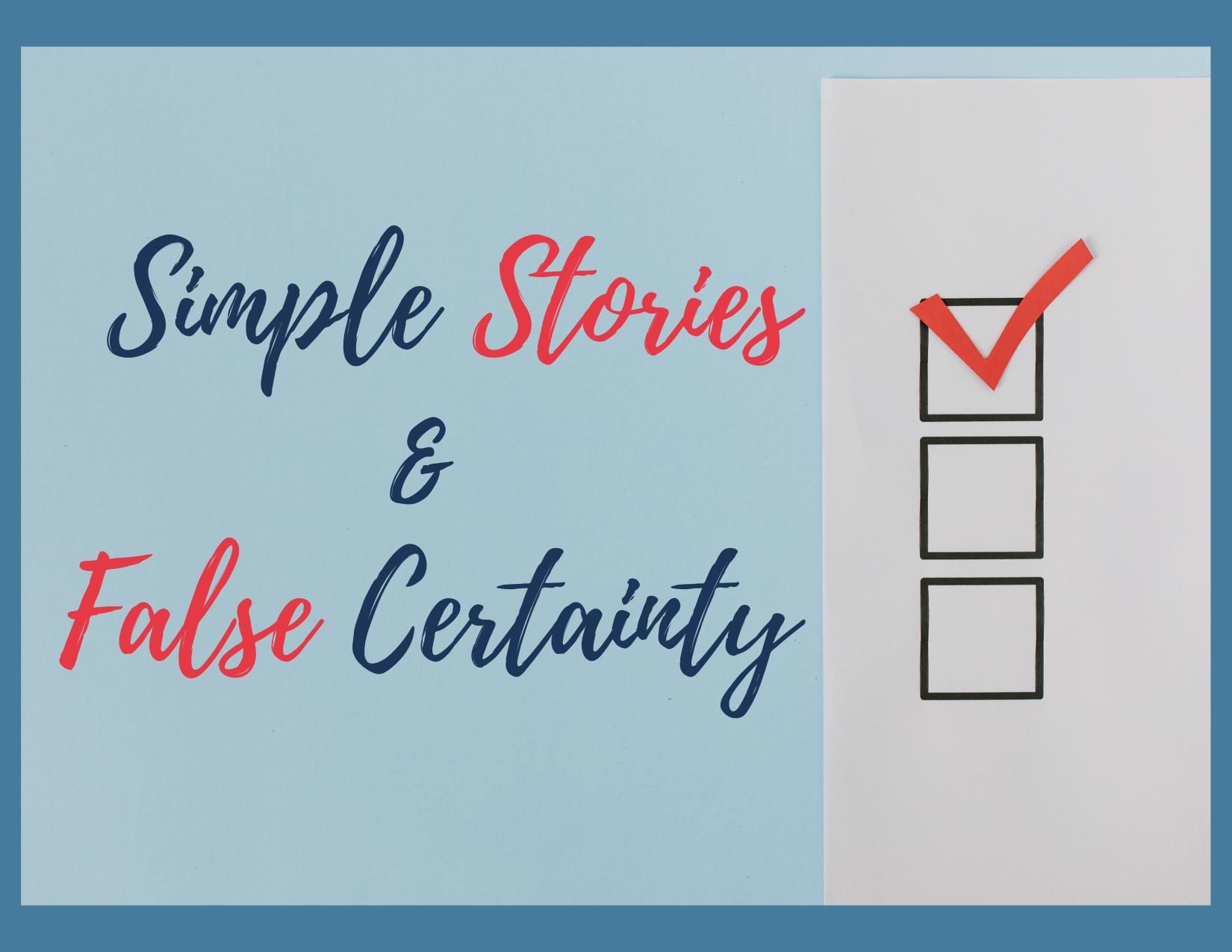What I learn from my daughter never ceases to amaze me. Her reverse mentoring is always invaluable. I had the luxury of having her home from college for a month, during which time we had many deep conversations. One Saturday, we spent four hours talking about the realities and effects of anxiety and worry. It was in that conversation that she made one of the most powerfully succinct statements, ” Don’t worship the worry.”
“Don’t worship the worry” is a commanding phrase that encapsulates the essence of worrying about what we can’t control. This applies to life, managing, and leading. On a daily basis, it’s easy to become overwhelmed by the never-ending concerns that demand our attention. However, focusing on worries can lead to a paralysis of action and a loss of perspective on what truly matters. Instead of allowing anxiety to dictate our agenda, it’s important to redirect our energy toward what is within our sphere of control.
There is a danger to worshiping worry. When we fixate on our worries, we inadvertently elevate them to a position of importance, which can cloud judgment and decision-making, drain our energy and creativity, distract us from core responsibilities, and negatively impact the teams we manage and lead.
Focus on What Matters
To work on avoiding falling into the trap of worrying, consider the following strategies:
1. Identify Your Highest and Best Use of Your Time
Ask yourself, “What is the highest and best use of my time?” This is a beautiful question that my executive coach asked me a few years ago. This question is an effective tool for what I call ruthless prioritizing and resetting what you are spending your time on. Spending time on something out of your control is a zero-sum game. Instead, focus on things that are within your sphere of control and ensure that your time and energy are invested where they can have the most significant impact.
If you need a little help with ruthless prioritizing, you can use the Eisenhower Matrix to categorize tasks based on their urgency and importance. It will help you focus on what truly matters so you avoid getting bogged down in less critical activities.
2. The Power of Perspective
Cultivating a growth mindset is a way to shift your perspective away from worry. If you have not already read it, I highly recommend Carol S. Dweck’s book, “Mindset: The New Psychology of Success.” Dr. Dweck’s premise of the book is that we can continually develop through effort and learning if we embrace our challenges as opportunities for growth.
By shifting our attention from worries to opportunities, we create a shift to proactive problem-solving and growth. Instead of asking, “What could go wrong?” try reframing the question to “How can I prepare to overcome potential challenges?” or “What are my opportunities for learning and growth in this moment?” This subtle shift can transform our approach from a defensive one to a strategic one, opening up new possibilities and solutions.
3. Practice Mindfulness
Worry and anxiety can and do take a toll on our bodies, and moving out of an anxious or stressed state takes time and practice. Try incorporating mindfulness techniques into your daily routine to help you stay present and focused rather than getting lost in worries about the past, present, or future.
Schedule focused blocks of time, five, ten, or fifteen minutes, as your sacred time. Turn off your computer and phone notifications to minimize distractions. One example of mindfulness is breathing; my favorite is the 4-7-8 breathing method. Another is using an app like Calm to listen to “Calm Noise” or participate in a daily meditation. A walk around the office or outside can also do the trick.
Remember, every moment spent worrying is a moment when you are giving away your power and energy. Here is a coaching question, “What can you focus on that lets your actions, not your worries, shape your leadership?”
I wish to acknowledge that it is not uncommon for some of us to have medical conditions that complicate and intensify the behaviors of anxiety and worry, where different interventions might be more appropriate.







